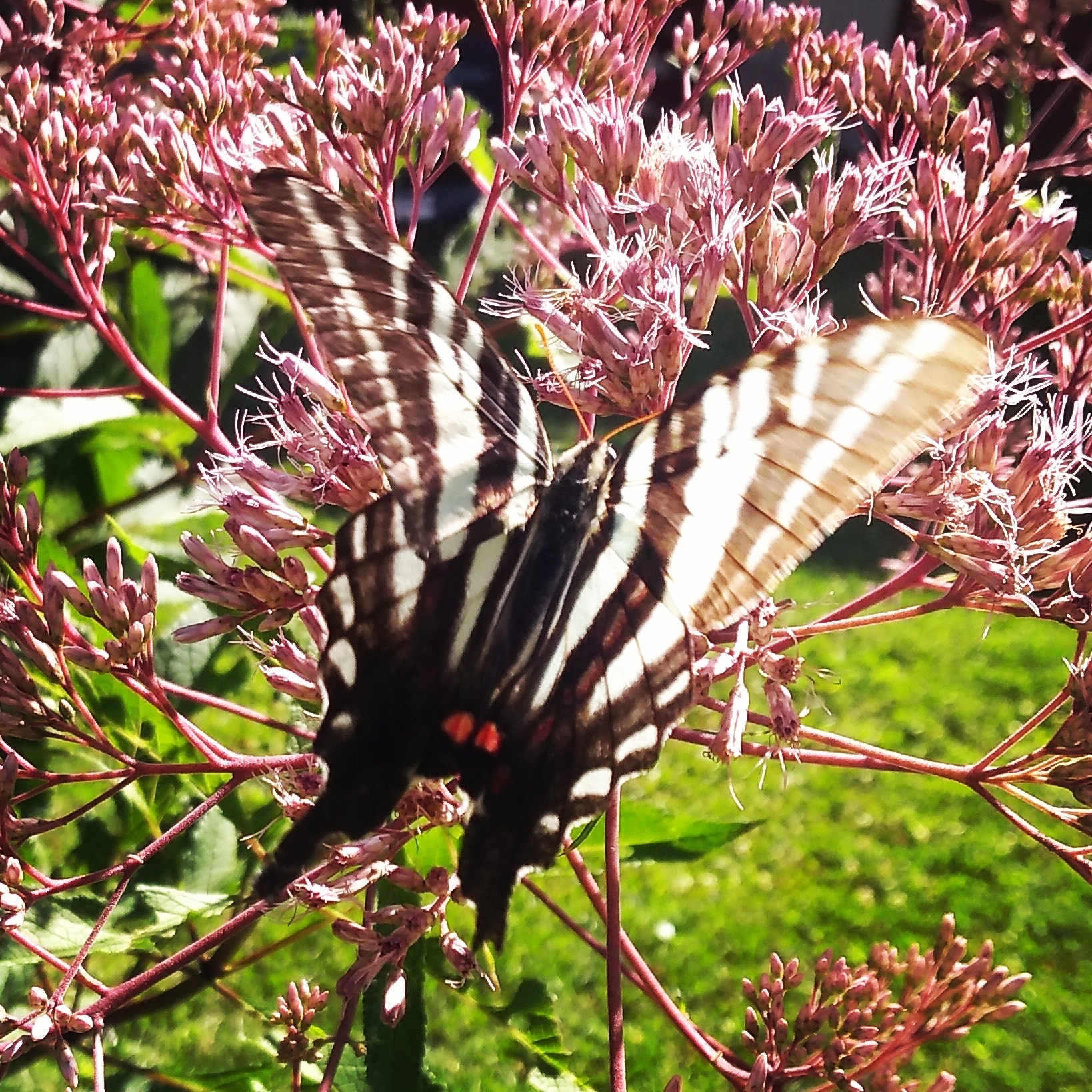How does your garden grow? Native Plant gardening in Your Penn Branch Yard
Previous
Next
With a grant from the Anacostia Watershed Society, our Penn Branch 9/11 Memorial Park will be planted with local, native plants. The Anacostia Watershed Society is working to restore the natural habitat of the river. Native plant propagation supports restoration along the river and can help the ecosystem in our neighborhood.
What are native plants and why should we care about them?
Native plants are those that occur naturally in the region or ecosystem in which they evolved. Birds and insects have co-evolved with plants specific to a region and cannot survive long term without them. Gardening and landscaping with native plants adds beauty to your yard while improving the District’s natural environment. Even the smallest piece of native plant habitat becomes a part of sustaining the landscape for birds, bats, bees, and insects. We need these bees and insects to pollinate our vegetable gardens and to maintain the natural environment. Many butterflies and moths need specific native plants as food sources while in the caterpillar stage of development. The seeds and nuts from native plants are essential food for many types of local wildlife.
Plants that are native to the DC region evolved to perform well in our soil and climate. They do not require fertilizer and should not need to get watered when they become established after the first year unless we are in drought conditions. Keeping your dried native plant seed heads uncut provides food for birds through the fall and winter months. Using less chemicals or no chemicals in the yard and reducing water use creates a healthier, more sustainable environment for us all.
Non-native plants may become invasive and harm the natural environment. Invasive non-native plants grow aggressively and do not have other plants and natural predators to keep them in check. When invasive non-native plants escape to natural areas they outcompete native plants and disrupt the ecosystem and food cycle for wildlife and insects. A walk in our gorgeous parkland show what happens when invasive non-native plants such as English ivy, Periwinkle, and Japanese barberry get into natural areas.
How to get started.
You don’t have to switch out your entire yard to native plants to help the environment. Every small step helps. Some native plant gardeners set a goal of 70/30 native to non-native but even that is a big change for many. Others take gradual steps to incorporate native plants into their home landscaping. One strategy is to always plant a native tree or shrub when you are adding or replacing trees or shrubs, and every time you plan to add more plants, make them native. Native plants can even be planted in pots.
Although you can find some native plants at local garden centers and big box stores, there are a number of nurseries that sell native plants exclusively, including Chesapeake Natives, Inc. in Upper Marlboro, Maryland which is a non-profit that sells plants native to our region. Learn more at www.chesapeakenatives.org
A handful of local Facebook gardening groups that focus on local native plant gardening provide helpful tips on choosing native plants, including Maryland Area Environmentally-Conscious Gardening and Gardening with Maryland’s Native Plants. Members of these groups often hold free plant swaps and give-aways.
The DC Department of Energy and the Environment has a useful list of native pollinator plants and non-native invasive plants to avoid:
https://doee.dc.gov/node/1128481
The DC Department of Energy and the Environment RiverSmart program will plant native shade trees on your property for free:
The Anacostia Watershed Society has a beautiful guide to wildlife and plants that are common to our Anacostia River watershed:
https://www.anacostiaws.org/images/Files/maps/AWS_Field_Guide_Digital-2019.pdf
Recent Articles

